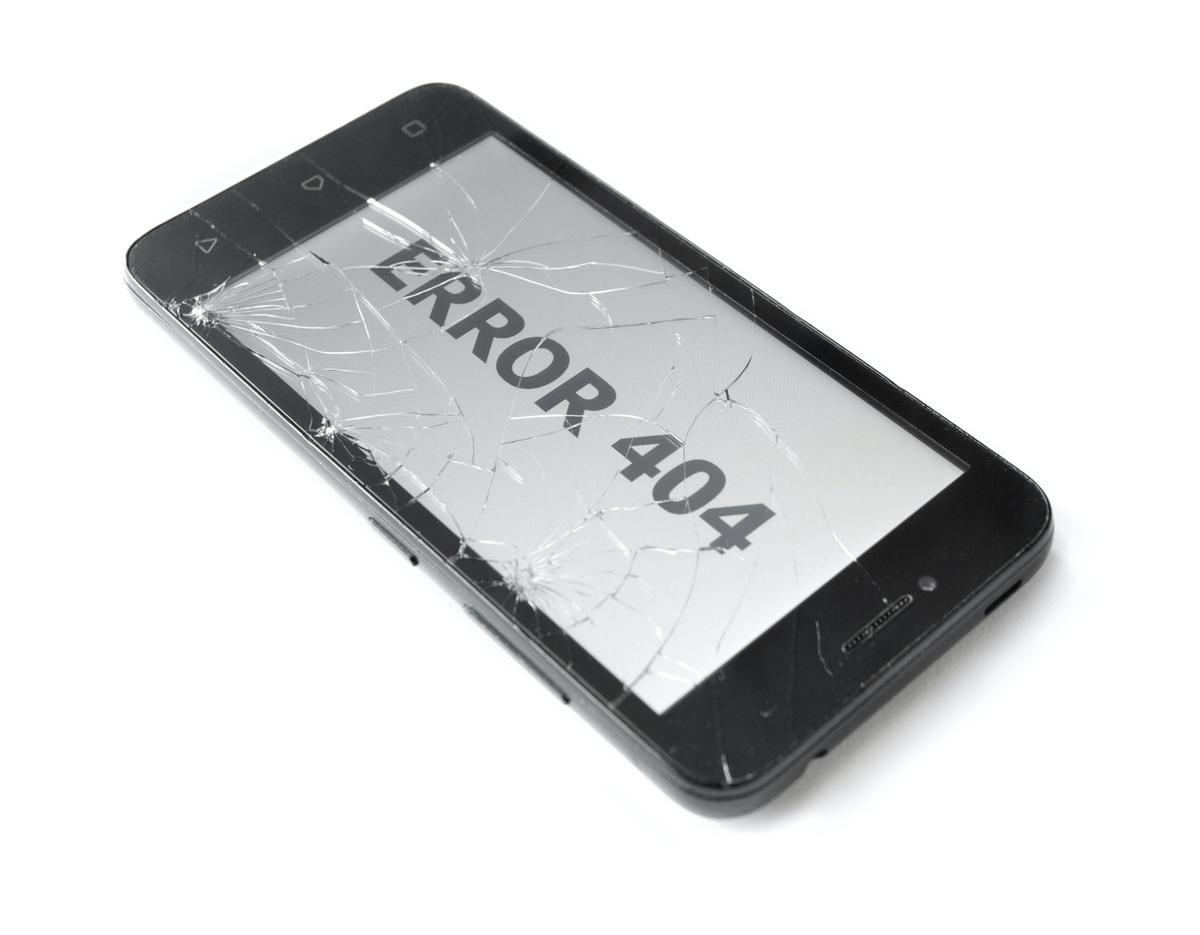In today’s global and digital age, the ability to participate remotely in workshops becomes increasingly significant. This particular form of engagement eliminates the barriers of location and permits professionals from diverse locations to learn, collaborate, and contribute to shared goals. This discussion covers the roadmap for professionals seeking proficiency in attending workshops remotely, navigating through the fundamental aspects of this approach, strategies for effective planning, managing potential limitations, enhancing active involvement, and following up post-workshop activities.
Remote Participation Basics
Understanding the Fundamentals of Remote Participation
To fully engage in a workshop from a remote location, you will first need to ensure you have the necessary technological equipment and infrastructure. All remote workshops require a reliable Internet connection and a device capable of video conferencing, such as a laptop, smartphone, or tablet. Applications commonly used for video conferencing include Zoom, Microsoft Teams, and Google Meets, so you will likely need one of these platforms installed on your device.
You will also need a quiet space to participate in the workshop, free from distractions and background noise. If you are using a laptop or computer, consider investing in a quality webcam and microphone to ensure clear audio and video feed.
Expectations for Remote Participants
Though you will not be physically present at the workshop, the expectations for remote participants are generally the same as for those attending in person. It is crucial to be punctual and prepared for the workshop, logging in a few minutes early to test your audio and video connection.
Actively engaging in the workshop is also important. Attendees should be prepared to fully participate with audio and video turned on, ask questions when given the opportunity, and participate in activities and discussions.
Respect for the presenter and other workshop attendees is vital, so keep your microphone muted when not speaking, avoid interrupting others, and listen attentively whilst others are speaking.
Active Engagement in Remote Workshops
Active engagement in remote workshops is crucial for a productive learning experience, despite not being present physically. Try to stay focused on the workshop and avoid multi-tasking. It can be helpful to close all irrelevant tabs and turn off notifications on your device to minimize distractions.
Use the platform’s features to interact with the presenter and other participants. If possible, use video throughout the workshop to maintain a sense of connection and visibility with other attendees. Raise your virtual hand to ask questions or indicate your willingness to participate in a discussion. Engage through the chat feature to share thoughts or ask questions during the session.
Take breaks if necessary, especially during longer workshops, and notify the facilitator and other participants as a courtesy before leaving your screen temporarily.
Maximizing Virtual Collaboration and Networking
The networking and collaboration typically found in traditional workshops may be challenging in a remote context, but that doesn’t mean they’re unattainable. Even when you’re unable to physically attend, virtual workshops still offer you opportunities for interaction. You can actively contribute and network by collaborating on shared documents, actively participating in breakout discussions, or connecting with other attendees via chat or email.
Let’s not forget, despite the physical disconnect, your contribution is invaluable and plays a vital role in the overall success of the online workshop.

Strategic Planning for Remote Participation
Creating a Blueprint for Effective Remote Involvement
Effectively participating in workshops remotely requires a solid game plan that revolves around proactive engagement, technological readiness, and commitment. When physical attendance in workshops isn’t viable, your attention then shifts towards refining your remote engagement skills. Taking the time to strategically plan for your remote participation will not only enhance your personal learning experience but also contribute to the seamless execution of the workshop.
Understanding the Workshop Schedule
Understanding the workshop schedule is an essential aspect to effectively plan for remote participation. This includes the timing, agenda, and objectives of the workshop. Knowing the schedule will enable you to allocate adequate time for each session and anticipate the flow of the workshop. It also allows you to prepare any necessary materials or conduct any related research in advance. Preparing in this way increases your chances of fully comprehending and contributing to the discussions during the workshop.
Engagement and Learning Strategies
Strategies to increase engagement and learning during remote workshops are paramount to making the session interactive and valuable. These may include active participation, asking questions, and effective note-taking. Despite not being physically present, endeavor to offer constructive insights and opinions whenever possible. Contribute to discussions, and when any clarifications are necessary, do not hesitate to raise questions. Also, recording key points will be helpful for reference after the workshop.
Leveraging Technology for Remote Participation
Reliable technology is a cornerstone of remote participation. Confirm that you have a stable internet connection and a quality device before the workshop commences. Ensuring that the chosen communication software (like Zoom, Google Hangouts, or Microsoft Teams) is installed and operating correctly on your device is equally important. Familiarize yourself with the software ahead of time to avoid technical hiccups during the workshop.
Pre-Workshop Practices for Maximum Engagement
Pre-workshop practices can go a long way in amplifying your engagement. Reading the pre-workshop materials, if provided, is a good start. These materials will give you a grasp of what to expect and the topics to be covered. You may also want to conduct personal research on the topic to furnish yourself with broader knowledge.
Communication: Breaking the Remote Barrier
Effective communication is key in breaking the remote barrier. The facilitator and participants should articulate their points clearly and audibly. Irrespective of the distance, effective communication can make the workshop as interactive as a physical one.
A key aspect in professional growth and development involves embracing adaptability. Regardless of physical constraints, it’s possible for remote workshops to be as productive as attending in person, given that adequate preparation and commitment are present. This approach ensures that continuous learning and development are not hindered.

Overcoming Potential Issues and Limitations
Tackling Technical Difficulties: A Frequent Hurdle in Remote Workshops
Addressing technical difficulties is a widespread issue professionals face when attending remote workshops. The causes may vary from unstable internet connections to problematic software or even a lack of technological proficiency. These difficulties can interrupt the proceedings of the workshop, result in miscommunications due to incomplete exchanges, and possibly diminish the overall effectiveness of the learning process.
In order to mitigate and control these technical difficulties, it’s important to check the strength and reliability of your internet connection ahead of the workshop. Acquainting yourself with the platform being used for the virtual workshop is also crucial – whether it’s Zoom, Skype, Google Meet or others. A few test runs prior to the actual session could prove to be beneficial. If you’re not familiar with the dynamics of the remote learning technology being used, investing time in online tutorials or in taking a short course can enhance your understanding for a smoother experience.
Interactivity Struggles in Remote Workshop Environments
Interactivity is one of the crucial components of a successful workshop. However, creating an interactive environment in a remote setting can be challenging. It can be harder to pick up on non-verbal cues, engage in group activities, or have spontaneous discussions.
One solution for enhancing interaction during remote workshops is through active use of all available engagement tools offered by online workshop platforms. This could include using the chat function, question and answer segment, breakout rooms for smaller discussions, polls, and interactive whiteboards. As a participant, actively engaging and utilizing these resources can offer a more interactive experience.
Battling Time Zone Differences for Global Workshops
When it comes to international workshops, time zones present a significant challenge. The timing might be suitable for one region but inconvenient for another. This issue is particularly prevalent in the global business world and academia, where participants come from various corners of the world.
To overcome this challenge, most workshops are recorded to allow those who couldn’t attend live due to time zone differences to watch later. Also, rotation of workshop timings can accommodate different time zones. It is also beneficial to keep track of the various time zones of the participants and plan in advance.
Managing Domestic Distractions During Virtual Workshops
Participating in a workshop from home often involves an array of potential distractions – whether it’s interruptions from family members, the presence of noisy neighbors, or daily chores vying for your attention. These interruptions can significantly impede your ability to focus and fully comprehend the content of the workshop.
A fundamental solution to navigate around these distractions is to curate a peaceful, dedicated workspace at home where you can significantly reduce potential interruptions. It can be beneficial to communicate your workshop schedule to those around you to further avoid any disruptions. Additionally, the use of noise-cancelling headphones can be especially useful in blocking out environmental noises and maintaining a steady focus during the workshop.

Maximizing Learning and Engagement
Embracing Remote Workshops as Effective Alternatives for In-Person Learning
There can be times when, due to conflicts in scheduling or personal circumstances, you might find yourself unable to attend a workshop in person. Fortunately, the advent of remote workshops in today’s world has resulted in more readily accessible learning opportunities – no matter where you are. These virtual workshops provide the flexibility to learn, engage with others, and soak up the workshop content right from the comfort of your home or office environment.
Methods for Enhancing Learning and Engagement in Remote Workshops
To maximize learning and engagement, you need to adopt certain techniques, particularly for remote workshops. One of these is active listening, which helps you fully understand and absorb the information delivered during the workshop. You should also note down pertinent points for later reference.
It’s essential to engage with the workshop speaker and other attendees on chat to foster a sense of community and encourage active participation. Frequently ask questions, share insights, or provide examples to clarify your learning and stimulate discussion. If the workshop isn’t live-streamed, take advantage of the opportunity to pause, reflect on the material, and conduct additional research if needed.
Optimizing Workshop Attendance Despite Being Absent
In certain situations, you might want to attend a workshop but are unable to due to various factors. In such a case, you can approach the workshop organizers and ask if they will record the session and make it available for later viewing. Most online workshops are now recorded and shared either on the hosting platform or through e-mail. This mode of learning provides the flexibility to learn at your own pace and convenience.
If a recorded version is not available, request for materials or resources used during the workshop such as slides, worksheets or reading lists. These will allow you to self-learn at your pace and align closely with the material presented during the workshop.
Collaborating and Interacting Regardless of Attendance
A significant aspect of workshops includes interacting and networking with other attendees. If unable to attend the workshop, reach out to the attendees or participants via professional networking sites like LinkedIn. Engaging in conversation post-workshop could lead to some enlightening discussions and mimic the networking experience to an extent.
Adapting Workshop Experiences to the Age of Digital Learning
Workshop engagement methods and resources have greatly evolved with the shift in the landscape of learning. Even without being physically present at an event, one can derive substantial value from workshops, thanks to interactive techniques and optimal utilization of resources available. Remote workshops offer a unique learning platform that triumphs over geographical and temporal barriers. This transformation facilitates an enhanced learning experience from workshops, thereby revolutionizing the conventional approach.

Post-Workshop Follow-Up
Embracing Post-Workshop Engagement: Navigating Workshop Activities Remotely
The advent of remote workshops has opened doors for individuals worldwide, accommodating a variety of time zones and lifestyles. Even when in-person attendance is not feasible, one can actively partake in post-workshop activities and derive value from them. There are multiple avenues to efficiently engage with these activities even after a workshop concludes.
Providing Feedback After Workshop
The fundamental element of any remote engagement is providing feedback. Just as you would in a physical workshop, digital platforms often have protocols for sharing your thoughts post-workshop. This could involve filling out an online survey, replying to an email questionnaire, or participating in a feedback-focused webinar session. Honest feedback can greatly assist workshop facilitators in assessing the efficiency of their delivery and identifying areas for improvement.
Maintaining Continued Contact with Workshop Facilitators and Peers
Networking does not have to be limited due to remote attendance. Keep in touch with the workshop facilitators and peers, which can be done as simply as sending a follow-up email sharing your insights, asking queries, or even suggesting ideas for future sessions. Social media platforms, professional networking sites, and community threads offer further opportunities to stay connected.
Implementing Knowledge and Skills from Workshop in Practice
Perhaps the most critical aspect of any professional workshop is translating learned knowledge and skills into practice. After the workshop, review your notes and any provided resources. Mastering a skill requires practice, so look for ways to integrate these new learnings into your work.
Taking Advantage of Recorded Sessions
Most remote workshops are recorded, which provides a unique opportunity for those unable to attend the live sessions. You can revisit the sections you find challenging at your own pace, or even watch the entire workshop if you couldn’t attend at all. Remember to pause, take notes, and reflect on the material to ensure you stand to gain as much as possible from the experience.
Additional Resources and Materials
Workshops often provide handouts, worksheets, or access to online resources in conjunction with the session. If you were unable to attend, reach out to the workshop leaders to ensure you receive these materials. They’ll offer further information and practical exercises that reinforce what was taught.
While attending a workshop in person may offer a more immersive experience, being unable to attend doesn’t mean missing out. The key is in the follow-up: providing feedback, maintaining contact, applying knowledge, using recorded sessions, and leveraging provided resources allow for a comprehensive and effective remote workshop experience.

Learning and developing new skills need not be hindered by geographical restrictions or physical attendance in gatherings like workshops. By mastering remote participation, professionals will have facilitated their ability to engage fully, interact meaningfully, and apply the new-found knowledge in their respective fields. This discussion offers the groundwork enabling every professional to navigate the challenges and harness the advantages of remote participation in workshops. As the landscape of the professional world changes, proficiency in this area certifies that distance does not compromise the pursuit for growth and learning.


Recent Comments